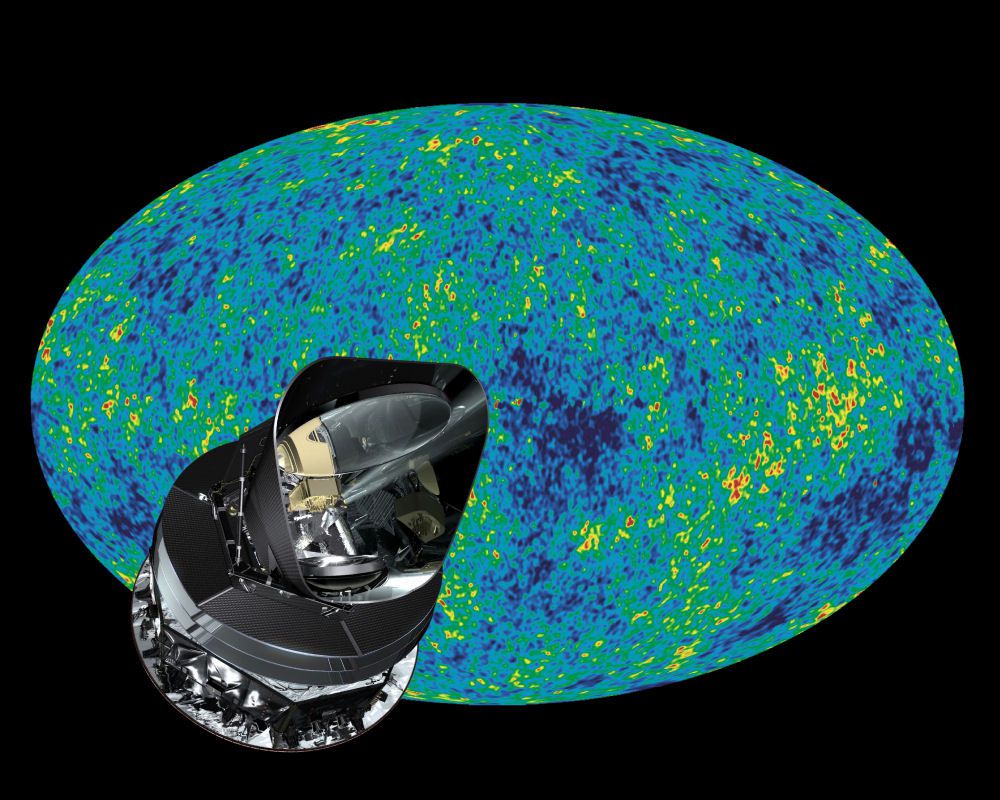-
 Radiosensitive
Radiosensitive
-
 Water spouting statue
Water spouting statue
-
 Aerodynamic vehicle
Aerodynamic vehicle
-
 Tau neutrino
Tau neutrino
-
 Pathological
Pathological
-
 Corti cell
Corti cell
-
 Azimuth
Azimuth
-
 Lipophile
Lipophile
-
 Bunsen Burner
Bunsen Burner
-
 Sputnik
Sputnik
-
 Food additive
Food additive
-
 Niacin
Niacin
-
 Polypyrrole
Polypyrrole
-
 Cirrostratus cloud
Cirrostratus cloud
-
 Variability in heart rate
Variability in heart rate
-
 Reversible
Reversible
-
 Hydrogen fuel cell and electric engine
Hydrogen fuel cell and electric engine
-
 Chromosphere
Chromosphere
-
 Streaming
Streaming
-
 Brain death
Brain death
-
 Hodgkin's disease
Hodgkin's disease
-
 Flat truss
Flat truss
-
 Tutorial
Tutorial
-
 Powdery
Powdery
-
 Smoke detector
Smoke detector
-
 Iron
Iron
-
 Reunion Island ornate day gecko
Reunion Island ornate day gecko
-
 Airfoil surface
Airfoil surface
-
 Bepi Colombo
Bepi Colombo
-
 Heat stability
Heat stability
GZK limit
In 1966, Kenneth Greisen of Cornell University and independently Georgiy Zatsepin and Vadim Kuzmin of the Lebedev Institute of Physics in Moscow had the same idea following the discovery of the cosmic microwave background (CMB) by Penzias and Wilson. If cosmic rays with sufficiently high energy are propagated in the universe they will eventually collide with the photons at 2.7 K from the microwave background radiation to give pions. There will thus be a cut-off in the energy of cosmic rays arriving on Earth on approaching energies of the order of 1020 eV, corresponding to the collision with photons from the microwave background.
if particles such as protons are considered, which initially have energy above this limit, called GZK, for Greisen-Zatsepin-Kuzmin, a series of collisions with the photons from the CMB will eventually cause the proton to lose this energy and drop to below the limit. This also means a maximum distance of the order of 50 megaparsecs (or Mpc, i.e. about 160 million light-years) for the source of protons with energy exceeding the GZK limit.
For several years observations appeared to show a violation of the GZK limit at very high energies. Speculative physics had been proposed to explain this violation, but recent observations by the Auger and High Resolution Fly's Eye (HiRes) cosmic ray observatories have failed to confirm this violation.
 The Planck satellite in front of an image of the CMB. Credit: Esa
The Planck satellite in front of an image of the CMB. Credit: Esa
Latest
Fill out my online form.



